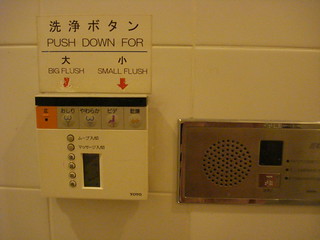Technical Writing
Checklist: how to proofread technical documents in 15 minutes
You have fifteen minutes to check your technical document before it’s sent to the client. What do you do? Start at one page one and read every word out loud? Maybe, maybe not 🙂
Here’s one suggested approach to proofread any type of document when you’re under pressure.

Checklist: how to proofread technical documents in 15 minutes
Instead of reading the document in a single review, break it into a series of smaller, more focussed reviews:
- Time – give yourself a timeframe, say five minute blocks, then stop. Stretch, walk, and start again.
- Checklist – create a checklist of items you plan to review. These include the usual areas, such as spelling but also exceptions and known issues that tend to crop up. One example is language settings which may have changed if you pasted text in from another document. Another is different footers, again if you merged documents.
- Specific – check one area at a time, for instance, check the spelling, format, meaning, or structure individually. Don’t try to do all at once.
- Tables – make sure they have the correct heading, fit on the page correctly, and have a header column on the following page if they extend to the second page.
- Images 1 – check that the image is displayed correctly, for example, if it’s in an anchored frame in Adobe FrameMaker, check that the edges have not been cropped or positioned incorrectly in the frame.
- Images 2 – check that the image displays the correct screen, dialog box or component under discussion. It’s easy to import similar looking images especially if you are new to this area. Also, don’t automatically trust what’s in legacy documents to be correct.
- Cross–references – check that cross-references link to the correct text. It’s easy to miss this especially if you test the link – and it works – but don’t check if it links to the correct text. Double-check that you’re cross-referencing to the correct section, and don’t assume existing cross-references are correct.
- Brand Names – create a checklist (cheat sheet) with the correct spelling for each product. Then check if these have been spelled correctly across the document set. For example, it’s Yahoo! not Yahoo, and IBM not I.B.M..
- Versions – if you’re updating a new document set, make sure that the version numbers for ALL affected products are updated if necessary.
- Variables – if you use variables in your documents, for example, in Adobe FrameMaker, check that these are correct and also check if these have been hard-coded by other writers. This can happen if a team writes different parts of the document and someone doesn’t know (and doesn’t ask) how to apply and update variables.
- Hardcoding – this is text that should not be hardcoded, for example, variables or conditional text but someone has hardcoded instead. One area to check is hardcoded links, i.e. a link to a specific page number rather than the actual page, which may change if text is added or deleted.
What else would you add?
